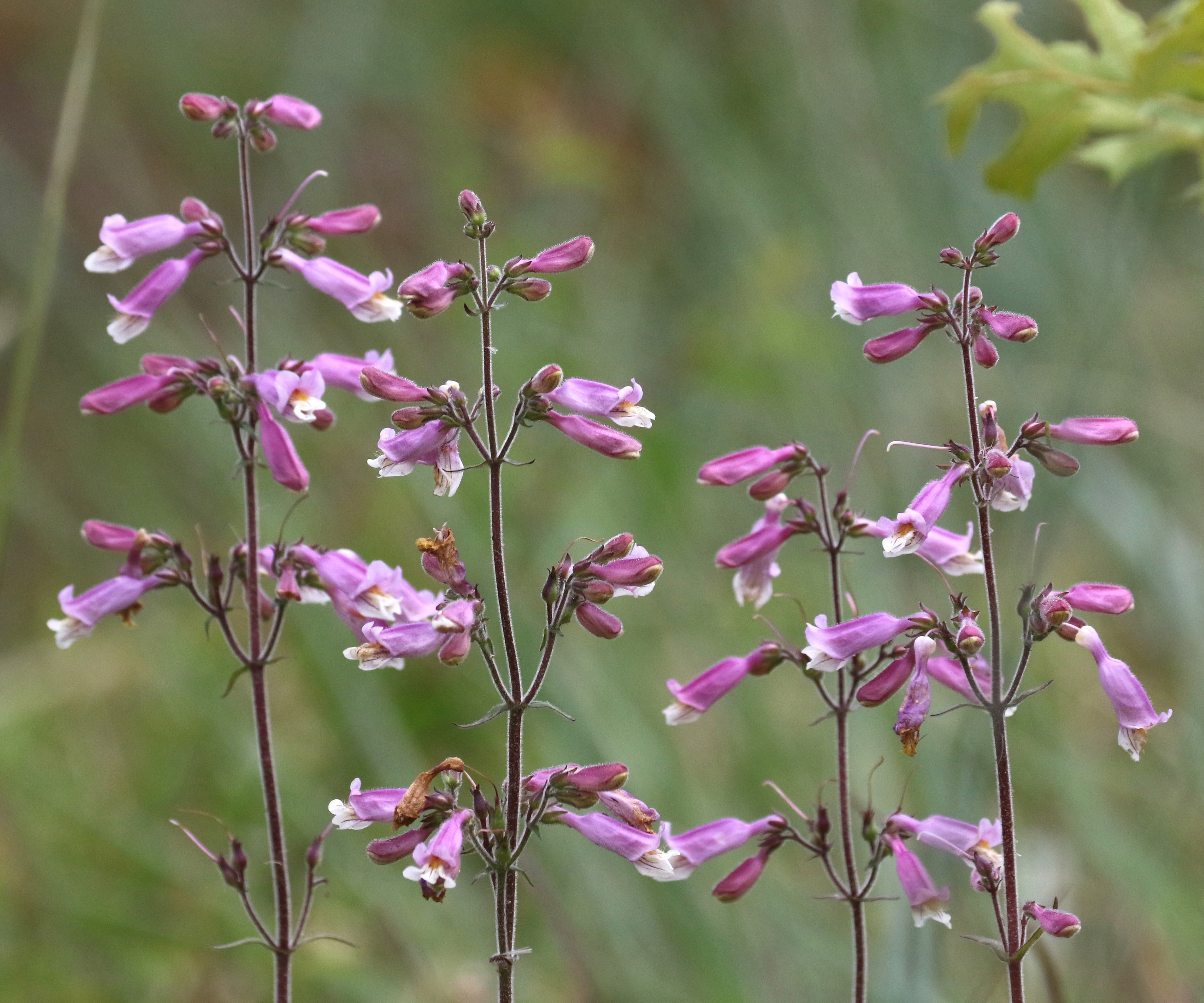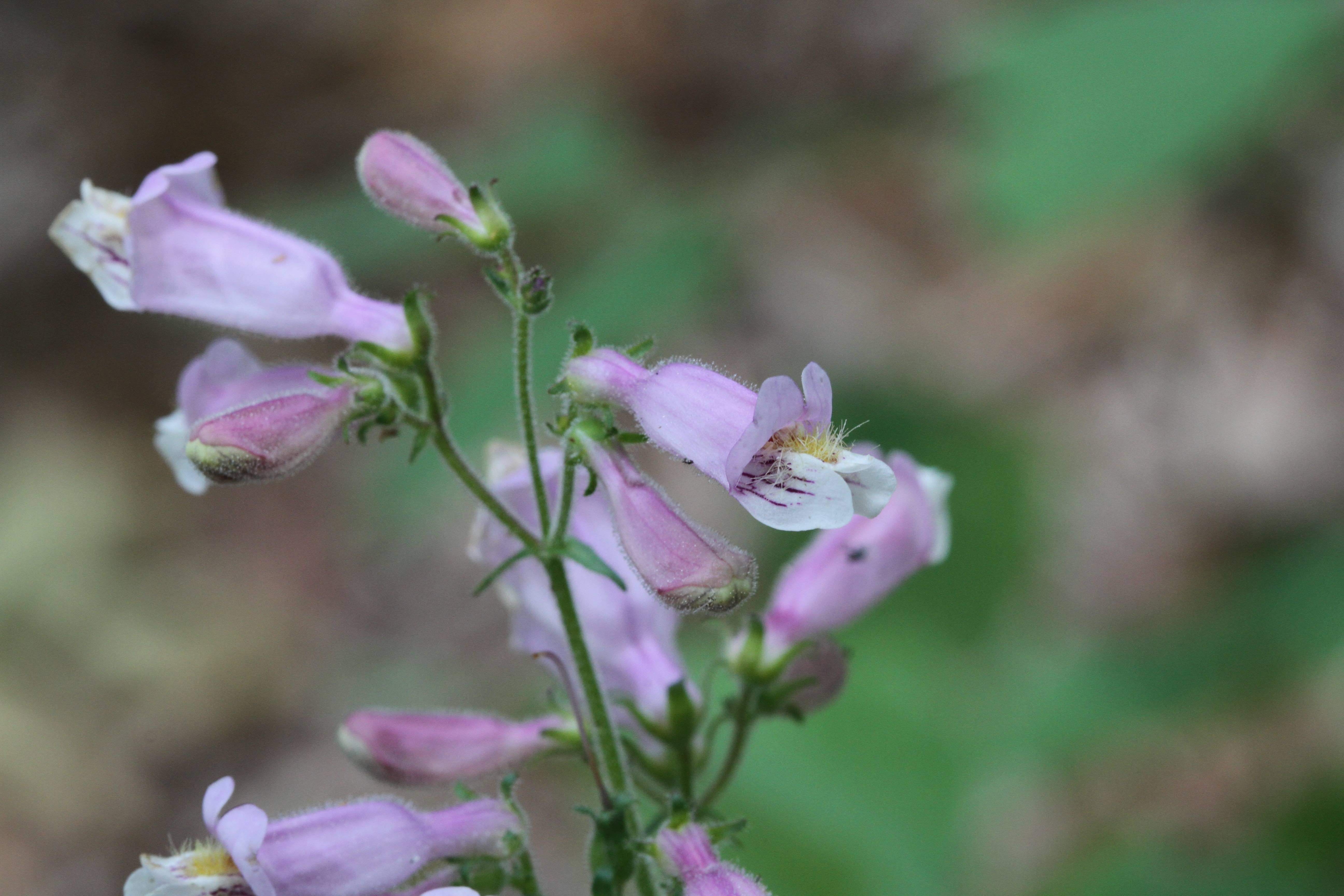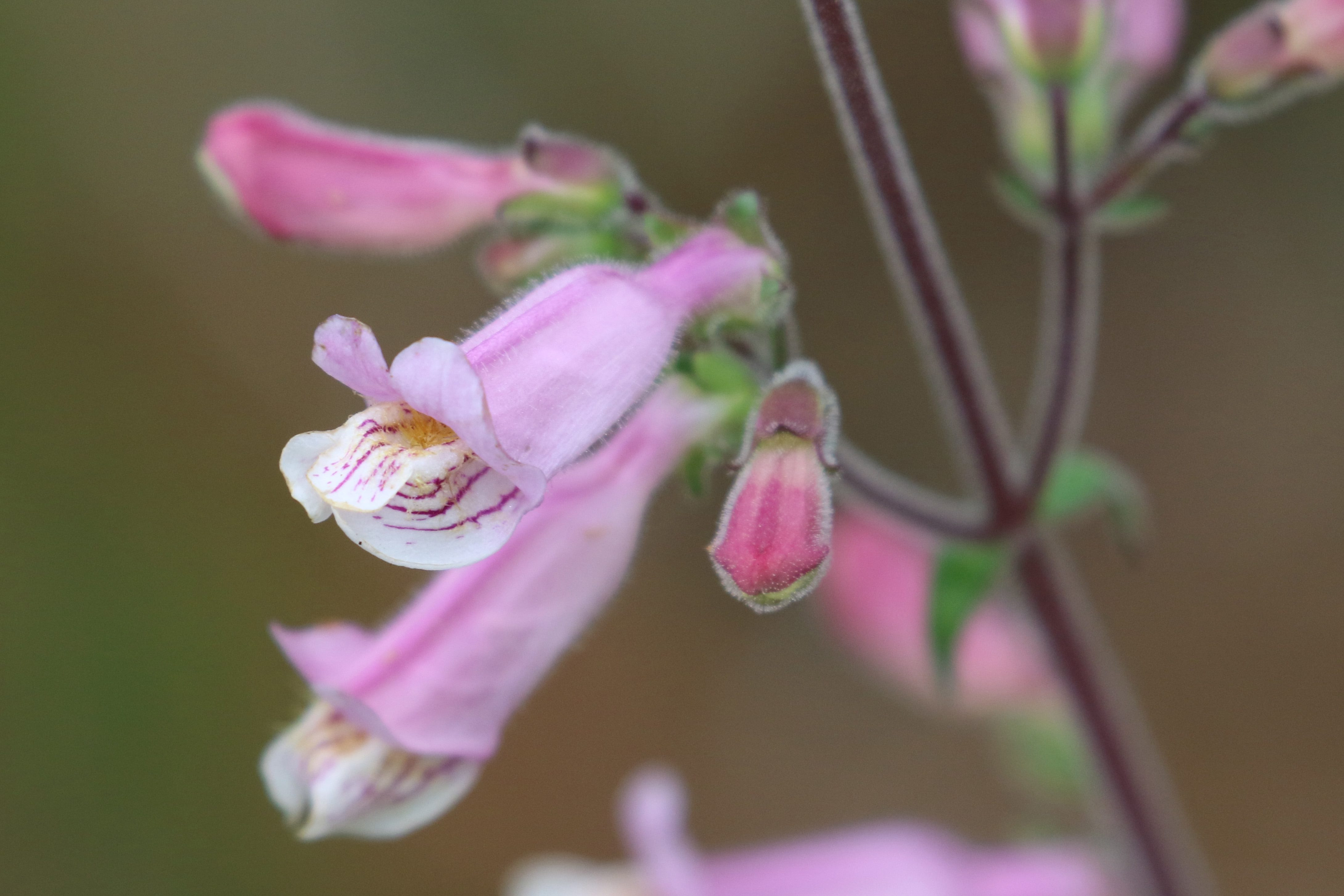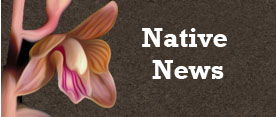NC Native Plant Society:
Plant Details
Penstemon australis
Eustis Lake Beardtongue, Southern Beardtongue, Sandhill Beardtongue
Scientific Name: |
Penstemon australis |
|---|---|
Genus: |
Penstemon |
Species Epithet: |
australis |
Common Name: |
Eustis Lake Beardtongue, Southern Beardtongue, Sandhill Beardtongue |
Plant Type |
Herb/Wildflower |
Life Cycle |
Perennial |
Plant Family |
Plantaginaceae (Plantain Family) |
Native/Alien: |
NC Native |
Invasive Status: |
(*Key) |
Size: |
1-3 ft. |
Bloom Color(s): |
Pink, Violet |
Light: |
Sun - 6 or more hours of sun per day, Part Shade - 2 to 6 hours of sun per day |
Soil Moisture: |
Dry, Moist |
Bloom Time: |
May, June, July |
Growing Area: |
Piedmont, Sandhills, Coastal Plain |
Habitat Description: |
Sandhills, flatwoods, dry hammocks, dry sandy roadsides. Fairly common to common in the southern half of the NC Coastal plain, including the Sandhills region, where it is probably more numerous than elsewhere; uncommon in the northern parts, except rare to absent in the northeast. Fairly common in the southeastern Piedmont, but rare to uncommon in the central and far northern portions. Also an isolated record from Polk County in the far southwestern Piedmont. |
Leaf Arrangement: |
Opposite |
Leaf Retention: |
Deciduous |
Leaf Type: |
Leaves veined, not needle-like or scale-like |
Leaf Form: |
Simple |
Life Cycle: |
Perennial |
Wildlife Value: |
Highest Wildlife Value |
Landscape Value: |
Recommended and Available |
State Rank: |
S4: Apparently secure (*Key) |
Global Rank: |
G5 - Secure (*Key) |
|
Flowers grow in slender, loose panicles. Stems and slender opposite leaves are covered with fine hair. Carolina Sandhills National Wildlife Refuge, Chesterfield County, SC
Will Stuart |
|
|
Blossoms are few in number, slender, and pale lavender. The upper 2 lobes are strongly reflexed and the lower 3 lobes extend well beyond the upper lobes. Carolina Sandhills National Wildlife Refuge, Chesterfield County, SC
Will Stuart |
|
|
5-lobed tubular blossoms of Penstemon australis are covered with fine hairs. The surface of the protruding lower lobes are pale and marked with purple lines. Carolina Sandhills National Wildlife Refuge, Chesterfield County, SC
Will Stuart |
|
Links: |
|
back to top
go to plant details search
go to plant images search
go to gallery home
back to Initial p Gallery
back to orchids
back to Carnivorous Plants
back to Trilliums






